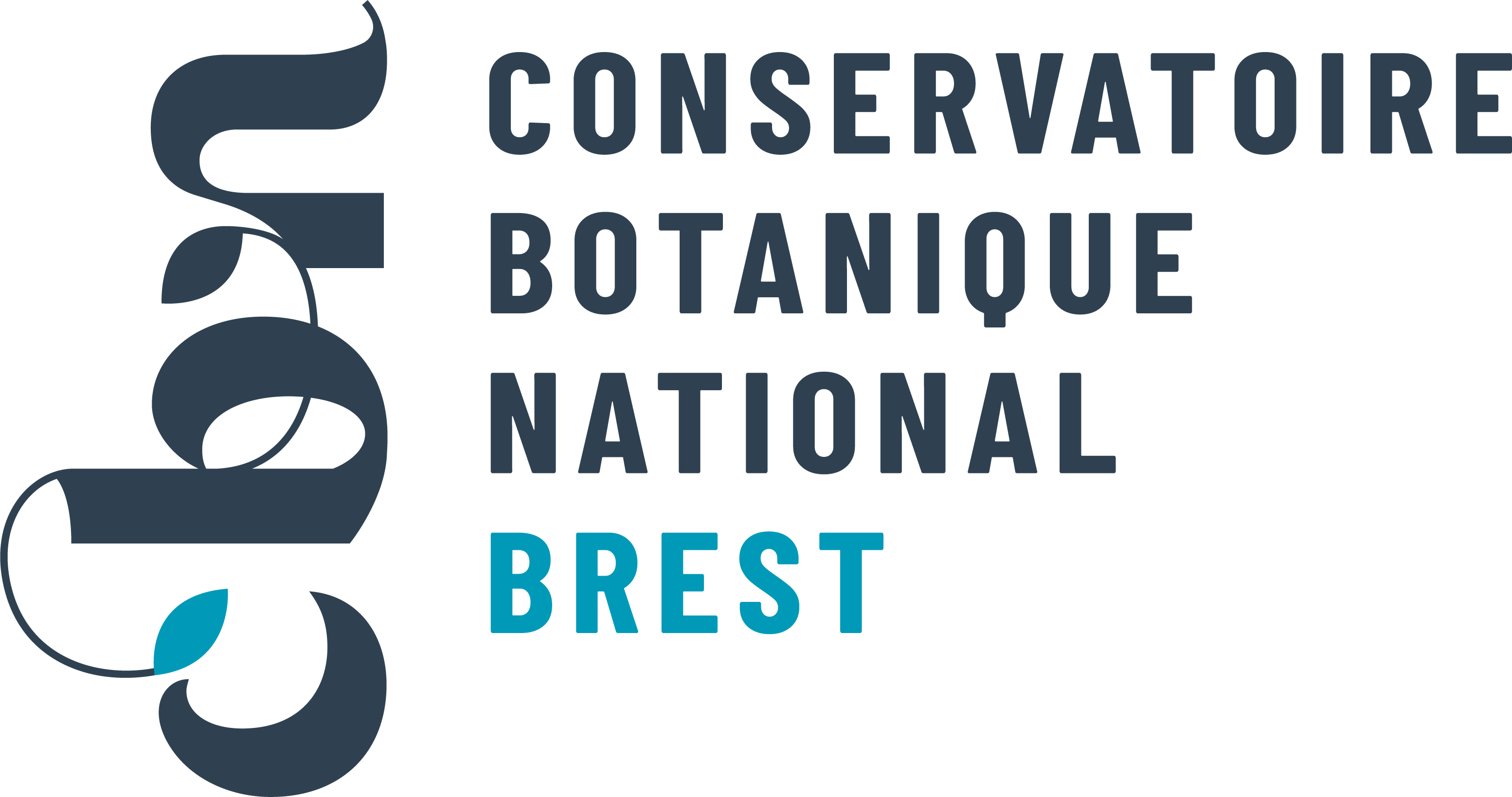Persicaire amphibie
Persicaria amphibia (L.) Gray, 1821
- 559 observations
-
194
communes -
66
observateurs
15
organismes -
Première observation
1882 -
Dernière observation
2025
Alençon - Almenêches - Argentan - Aubry-le-Panthou - Aubusson - Aunou-le-Faucon - Aunou-sur-Orne - Avernes-Saint-Gourgon - Bagnoles de l'Orne Normandie - Barville - Bazoches-sur-Hoëne - Beaulieu - Belfonds - Belforêt-en-Perche - Bellou-en-Houlme - Boëcé - Boischampré - Boitron - Bonsmoulins - Brethel - Bretoncelles - Briouze - Buré - Bures - Bursard - Canapville - Carrouges - Ceaucé - Cerisé - Ceton - Chailloué - Champeaux-sur-Sarthe - Champsecret - Chanu - Charencey - Ciral - Condé-sur-Sarthe - Corbon - Coulimer - Coulmer - Coulonges-sur-Sarthe - Courgeon - Courgeoût - Cour-Maugis sur Huisne - Courtomer - Croisilles - Cuissai - Domfront en Poiraie - Écouché-les-Vallées - Écouves - Essay - Feings - Ferrières-la-Verrerie - Fontaine-les-Bassets - Francheville - Fresnay-le-Samson - Giel-Courteilles - Ginai - Gouffern en Auge - Guerquesalles - Hauterive - Héloup - Irai - Joué-du-Bois - Juvigny-sur-Orne - Juvigny Val d'Andaine - La Bellière - La Chapelle-au-Moine - La Chapelle-Montligeon - La Chapelle-près-Sées - La Chapelle-Souëf - La Coulonche - La Ferrière-au-Doyen - La Ferrière-Béchet - La Ferté-en-Ouche - La Ferté Macé - La Gonfrière - La Lande-Patry - Laleu - La Madeleine-Bouvet - La Mesnière - Landisacq - Le Châtellier - Le Mage - Le Mêle-sur-Sarthe - Le Ménil-Bérard - Le Ménil-Broût - Le Ménil-Guyon - Le Pas-Saint-l'Homer - Le Pin-la-Garenne - Le Plantis - Le Sap-André - Les Aspres - Les Champeaux - Les Ventes-de-Bourse - L'Hôme-Chamondot - Lignou - Longny les Villages - Lonlay-l'Abbaye - Lonlay-le-Tesson - L'Orée-d'Écouves - Magny-le-Désert - Mahéru - Mantilly - Marchemaisons - Médavy - Méhoudin - Ménil-Hermei - Messei - Mieuxcé - Montabard - Montchevrel - Montgaudry - Monts-sur-Orne - Mortagne-au-Perche - Mortrée - Moulins-la-Marche - Moulins-sur-Orne - Moutiers-au-Perche - Neauphe-sous-Essai - Neauphe-sur-Dive - Neuilly-le-Bisson - Neuvy-au-Houlme - Nonant-le-Pin - Occagnes - Orgères - Parfondeval - Passais Villages - Perche en Nocé - Pervenchères - Planches - Pointel - Pontchardon - Pouvrai - Putanges-le-Lac - Rai - Rânes - Rémalard en Perche - Ri - Rives d'Andaine - Sablons sur Huisne - Sai - Saint-Agnan-sur-Sarthe - Saint-Aquilin-de-Corbion - Saint-Aubin-d'Appenai - Saint-Aubin-de-Courteraie - Saint-Bômer-les-Forges - Saint-Céneri-le-Gérei - Saint-Cyr-la-Rosière - Sainte-Céronne-lès-Mortagne - Sainte-Scolasse-sur-Sarthe - Saint-Evroult-Notre-Dame-du-Bois - Saint-Georges-d'Annebecq - Saint-Germain-de-la-Coudre - Saint-Germain-de-Martigny - Saint-Germain-des-Grois - Saint-Germain-le-Vieux - Saint-Gervais-des-Sablons - Saint-Gervais-du-Perron - Saint-Gilles-des-Marais - Saint-Hilaire-le-Châtel - Saint-Hilaire-sur-Risle - Saint-Jouin-de-Blavou - Saint-Julien-sur-Sarthe - Saint-Langis-lès-Mortagne - Saint-Léger-sur-Sarthe - Saint-Mard-de-Réno - Saint-Mars-d'Égrenne - Saint-Martin-des-Landes - Saint-Martin-l'Aiguillon - Saint-Ouen-de-Sécherouvre - Saint-Ouen-sur-Iton - Saint-Philbert-sur-Orne - Saint-Pierre-des-Loges - Saint-Pierre-la-Bruyère - Saint-Roch-sur-Égrenne - Saint-Sulpice-sur-Risle - Sap-en-Auge - Sarceaux - Sées - Semallé - Sevrai - Soligny-la-Trappe - Suré - Tanville - Tessé-Froulay - Touquettes - Tourouvre au Perche - Trémont - Val-au-Perche - Vaunoise - Verrières - Vidai - Villiers-sous-Mortagne
-
Association Faune & Flore de l'Orne (AFFO)
Participation à 346 Observations
Part d'aide à la prospection : 61.90 %
Fiche organisme
-
PNR et géoparc mondial UNESCO Normandie-Maine
Participation à 311 Observations
Part d'aide à la prospection : 55.64 %
Fiche organisme
-
Conservatoire Botanique National de Brest (CBNB)
Participation à 310 Observations
Part d'aide à la prospection : 55.46 %
Fiche organisme
-
Conseil départemental de l'Orne (bureau ENS)
Participation à 63 Observations
Part d'aide à la prospection : 11.27 %
Fiche organisme
-
Institut floristique franco-belge (IFFB)
Participation à 35 Observations
Part d'aide à la prospection : 6.26 %
Fiche organisme
-
UMS PatriNat (OFB-CNRS-MNHN)
Participation à 28 Observations
Part d'aide à la prospection : 5.01 %
Fiche organisme
-
Ministère de la Transition écologique et de la Cohésion des territoires
Participation à 18 Observations
Part d'aide à la prospection : 3.22 %
Fiche organisme
-
Muséum national d'Histoire naturelle (MNHN)
Participation à 5 Observations
Part d'aide à la prospection : 0.89 %
Fiche organisme
-
Office national des forêts (ONF)
Participation à 2 Observations
Part d'aide à la prospection : 0.36 %
Fiche organisme
-
Peter Stallegger (Consultant Environnement)
Participation à 2 Observations
Part d'aide à la prospection : 0.36 %
Fiche organisme
-
Habitants-bénévoles
Participation à 1 Observation
Part d'aide à la prospection : 0.18 %
Fiche organisme
-
Institut national de l'information géographique et forestière (IGN)
Participation à 1 Observation
Part d'aide à la prospection : 0.18 %
Fiche organisme
-
Société Botanique d'Alsace
Participation à 1 Observation
Part d'aide à la prospection : 0.18 %
Fiche organisme
Informations espèce
La forme aquatique possède une tige glabre, creuse, pouvant atteindre 3 m de long. Les feuilles flottantes lancéolées et longuement pétiolées peuvent atteindre 20 cm.
Les fleurs roses sont groupées en un épi terminal cylindrique.
La forme terrestre possède une tige poilue, pleine, ne dépassant pas 60 cm de long. Les feuilles sont plus petites, plus allongées et pubescentes.
Source : Biodiv'Écrins, Parc national des Écrins
C1.34 : Végétations enracinées flottantes des plans d'eau eutrophes
Répartition actuelle en France métropolitaine
© INPN - Avertissement : les données visualisables reflètent l'état d'avancement des connaissances et/ou la disponibilité des données existantes au niveau national : elles ne peuvent en aucun cas être considérées comme exhaustives.
Répartition actuelle dans le monde
Avertissement : les données visualisables reflètent l'état d'avancement des connaissances et/ou la disponibilité des données existantes au niveau mondial : elles ne peuvent en aucun cas être considérées comme exhaustives.










